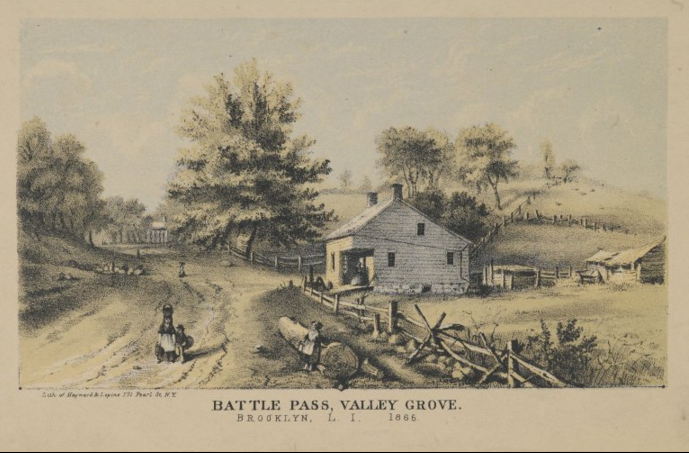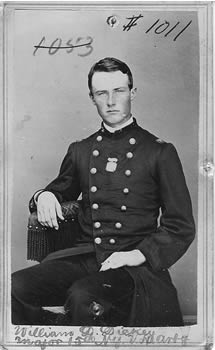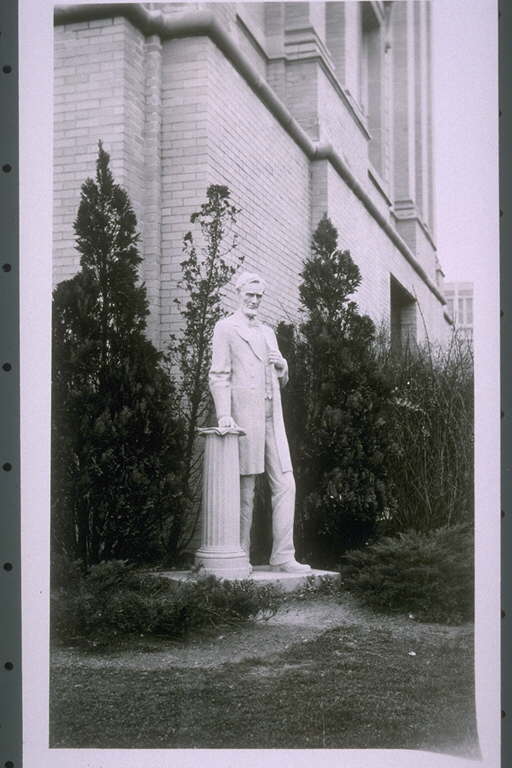Flatbush’s Connection To Presidents Day: Two Stories


Celebrating Presidents Day — which falls on the third Monday of each February — has been reduced to seeing pitchmen for car dealerships appear on TV in period clothing, white wigs or prominent beards.
But our area has interesting historical connections to George Washington and Abraham Lincoln, whose birthdays are remembered this week.
Flatbush Pass
While George Washington is not thought to have made it to Flatbush, he came very close during the Revolutionary War Battle of Long Island.
Washington supposedly arrived in Brooklyn at 9am on August 27, 1776, just as a disastrous battle had begun at Battle Pass — also known as “Flatbush Pass” — in modern day Prospect Park. Here General John Sullivan and his troops were outflanked by the British who attacked from the rear, while Hessians [German contract soldiers] charged up Battle Pass.
As described in Wikipedia:
“Sullivan left his advance guard to hold off the Hessians while he turned the rest of his force around to fight the British. Heavy casualties mounted up between the Americans and the British and men on both sides fled out of fear. Sullivan attempted to calm his men and tried to lead a retreat. By this point the Hessians had overrun the advance guard on the Heights and the American left [flank] had completely collapsed.
Hand-to-hand fighting followed with the Americans swinging their muskets and rifles like clubs to save their lives. Many of the Americans who surrendered were bayoneted by the Hessians. Sullivan, despite the chaos, managed to evacuate most of his men to Brooklyn Heights though Sullivan himself was captured.”

After three more days of fighting in Brooklyn, Washington and 9,000 troops fled across the East River to Manhattan, and then to New Jersey. It would take seven more years to win the war.
The Battle of Long Island was a significant early defeat for Washington. In all, 300 Colonial troops were killed, 700 wounded and nearly 1,000 captured.
There are several small monuments in Prospect Park to the battle fought there during the Revolutionary War.
You’ve most likely walked or biked past the plaque marking the site of the Dongan Oak, close to the Prospect Park Zoo. Here, Colonial soldiers supposedly cut down a large, well-known white oak tree and threw it across the road to slow the advance of the British army.
A Flatbush Connection to Lincoln and the Civil War
Ditmas Park was home to a hero of the American Civil War and — through him — is connected to a high school named after our sixteenth president.
William Donald Dickey, who would eventually become a state Supreme Court Justice, lived at 630 Ocean Avenue (and Albemarle Road) long after his time as a soldier in the Union Army.
Dickey, who served with the 15th New York Heavy Artillery in the Civil War, won a Medal of Honor for his actions at the Second Battle of Petersburg. Dickey was wounded in a failed attempt by the Union Army to capture the town of Petersburg, Virginia, drawing General Robert E. Lee’s Army of Northern Virginia out of Richmond to face Ulysses S. Grant in open battle.

According to the citation that accompanied his award, Dickey, who was just 20 years old at the time of the battle, “refused to leave the field, remaining in command after being wounded by a piece of shell, and led his command in the assault on the enemy’s works on the following day.”
Although born in Newburgh, Dickey became a member of the Republican party — the party of Lincoln — and served as a judge in New York City between 1896 and 1909. He died May 14, 1924 and is buried in Green-Wood Cemetery, with thousands of other veterans of the Civil War.
But a physical connection to Dickey’s service in the Civil War remains. For 15 years, a statue of Abraham Lincoln had “graced the Flatbush porch” of the late jurist’s home on Ocean Avenue.
The statue of Lincoln, shown standing on a pedestal with his right hand resting on a column, can now be found at Abraham Lincoln High School at 2800 Ocean Parkway. The iconic image of the president, with his left hand tucked in the lapel of an open coat that hangs to his knees, was donated to the school by Annie L. Dickey, the war hero’s daughter, according to a Brooklyn Daily Eagle article in 1932.

Abraham Lincoln High School is one of Brooklyn’s most prominent connections to the slain president.
Built in 1929 with the same set of blueprints used for construction of four other New York high schools to save money during the Great Depression, the school boasts a diverse list of notable alumni, including (along with four Nobel Prize laureates) New York Knick Stephon Marbury, musician Neil Diamond, the “Queen of Mean” Leona Helmsley and novelist Joseph Heller.
Sarah Crean wrote the section of this article on the Battle of Long Island.



